In a perfect world scuba divers would hop into the water, do their dive, surface a few feet from the boat and climb back in. Life would be grand and we wouldn’t need to think twice about boat traffic, excessive swells or underwater emergencies.
But the reality is accidents happen, and when they do, time is most often of the essence. When you surface after a dive it’s important to be seen.

A surface marker buoy (or SMB) is a simple air filled device that floats on top of the water. It is used to attract attention and mark your place while submerged.
A surface marker can take many different shapes and forms, each one dependant on where they are being used and what they are required for. For scuba diving, there are two different types of surface marker buoys; a permanent surface marker buoy and a delayed surface marker buoy.
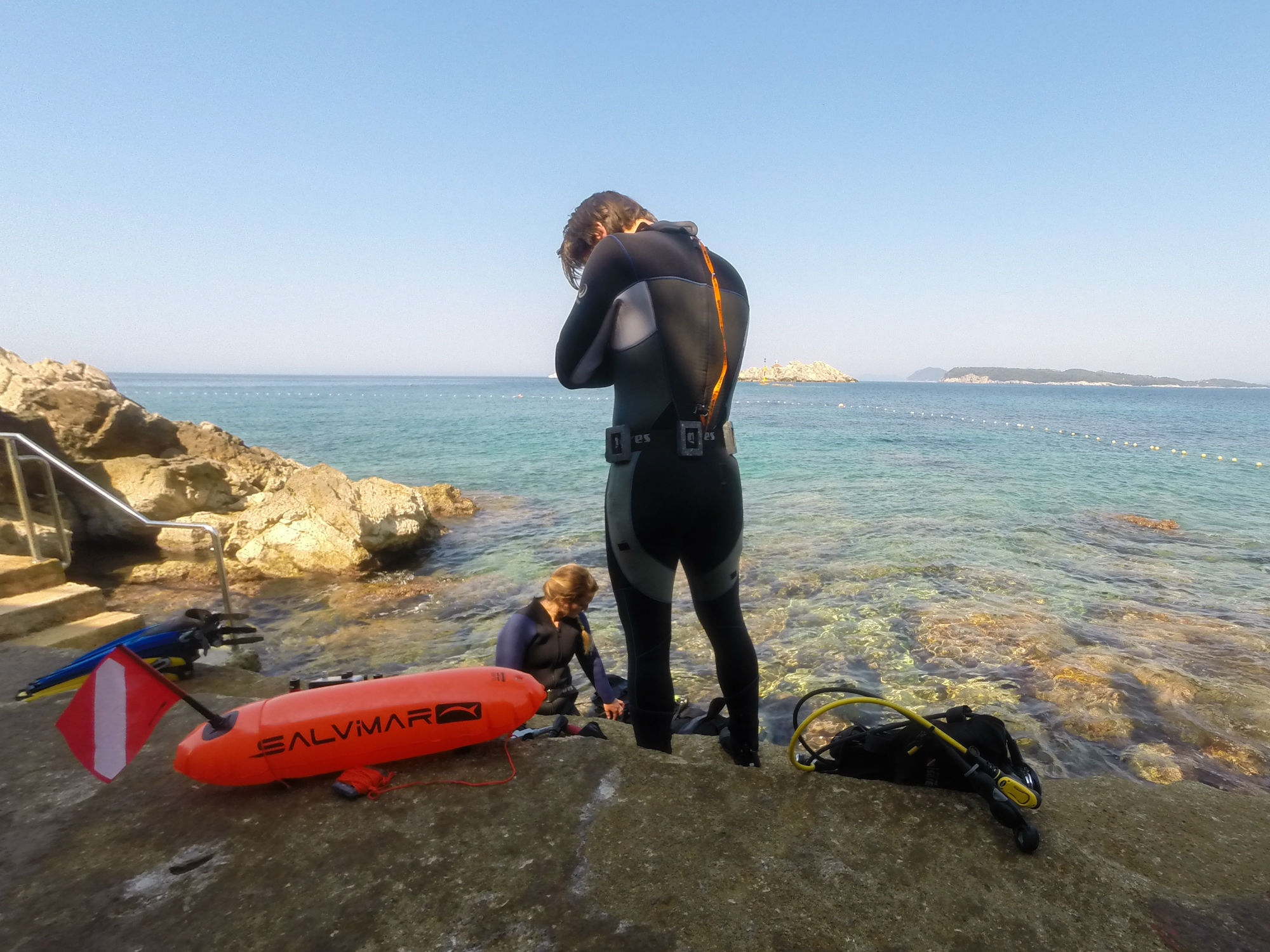
A permanent surface marker buoy is a buoy that is inflated at the beginning of the dive and remains on the surface of the water during the entire scuba adventure. While you are scuba diving, the buoy gets towed along the surface marking your position underwater and keeping boats away.
Permanent surface markers are typically red and white to stand out against the water and to match the diver-down flag color. The marker can be round or torpedo-shaped, often with a ballast section that can hold some water to maintain stability.

Inflatable Dive Buoy with Dive Flag: This 13-inch round inflatable dive buoy is the perfect permanent surface marker for scuba divers. The buoy has a 12 by 11-inch scuba diving flag that can be placed into the inflatable buoy.
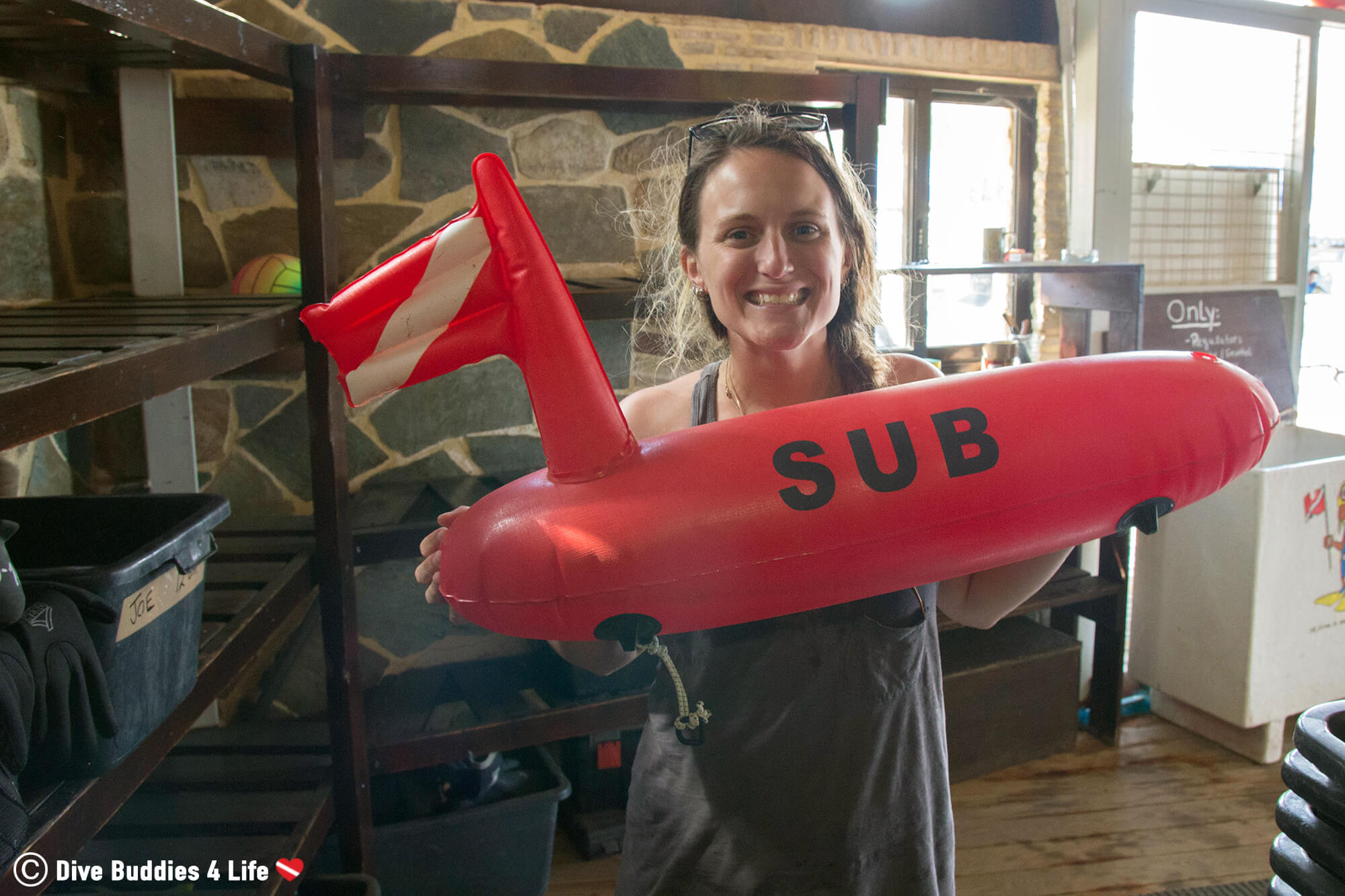
A delayed surface marker is a marker that divers take with them underwater on their dive. Attached to the marker is a reel or spool from which scuba divers can deploy the marker, during the ascent, to indicate their positioning at the surface. Delayed surface markers are long and tube-like in appearance and come in a variety of bright, flashy colors such as orange, red, yellow.

Neon Yellow Scuba Diving Surface Marker Tube: Make yourself seen at the surface with this 1 meter (4-foot) neon yellow surface marker signal tube with “Diver Below” print. This delayed SMB is fabricated from nylon material and fits in a BCD pocket or can be fastened via the plastic clip.
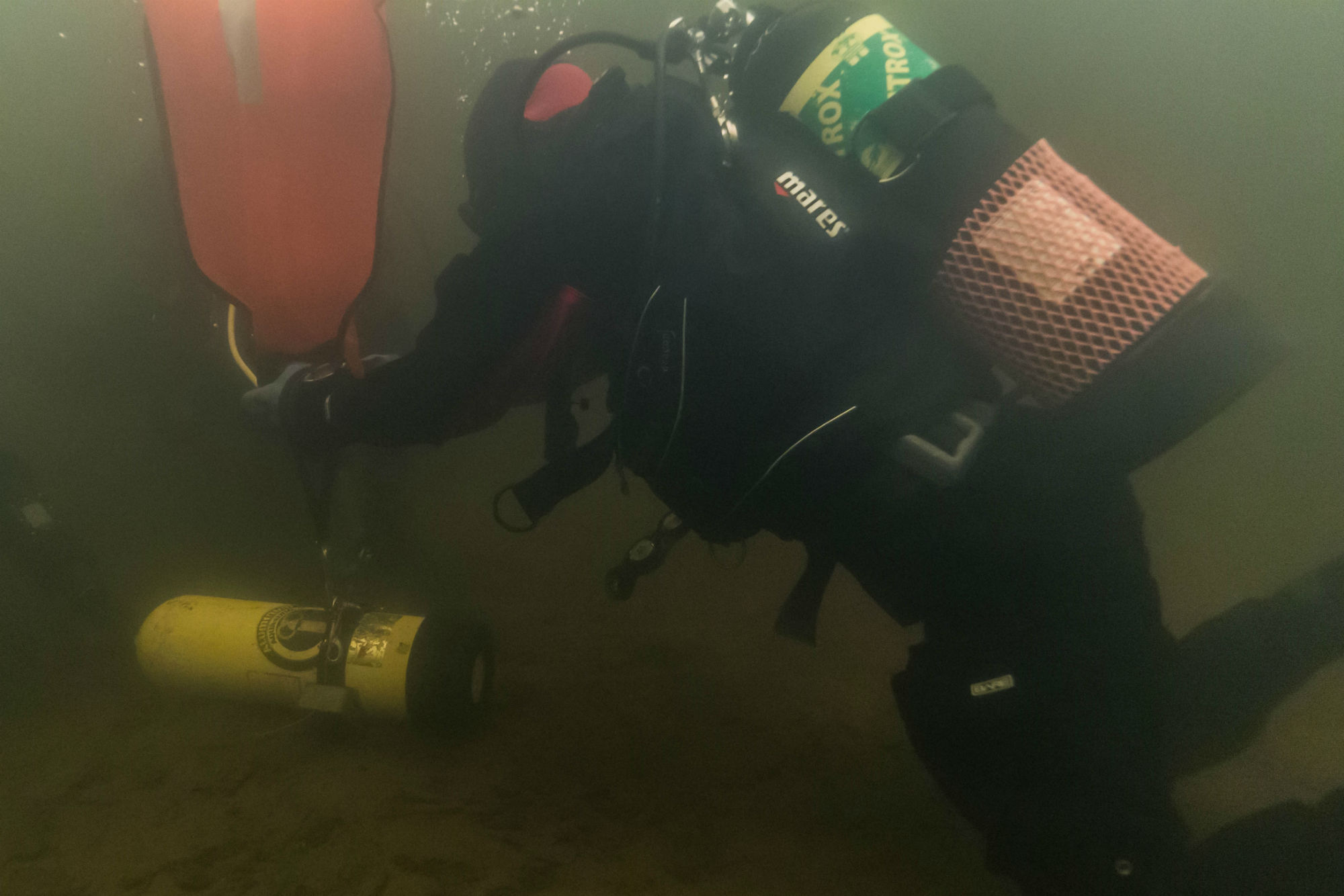
Unplanned issues can occur on any dive and when they do, it’s important to be seen at the surface. Whether you use a delayed surface marker buoy or a permanent surface marker, both are very practical because they;
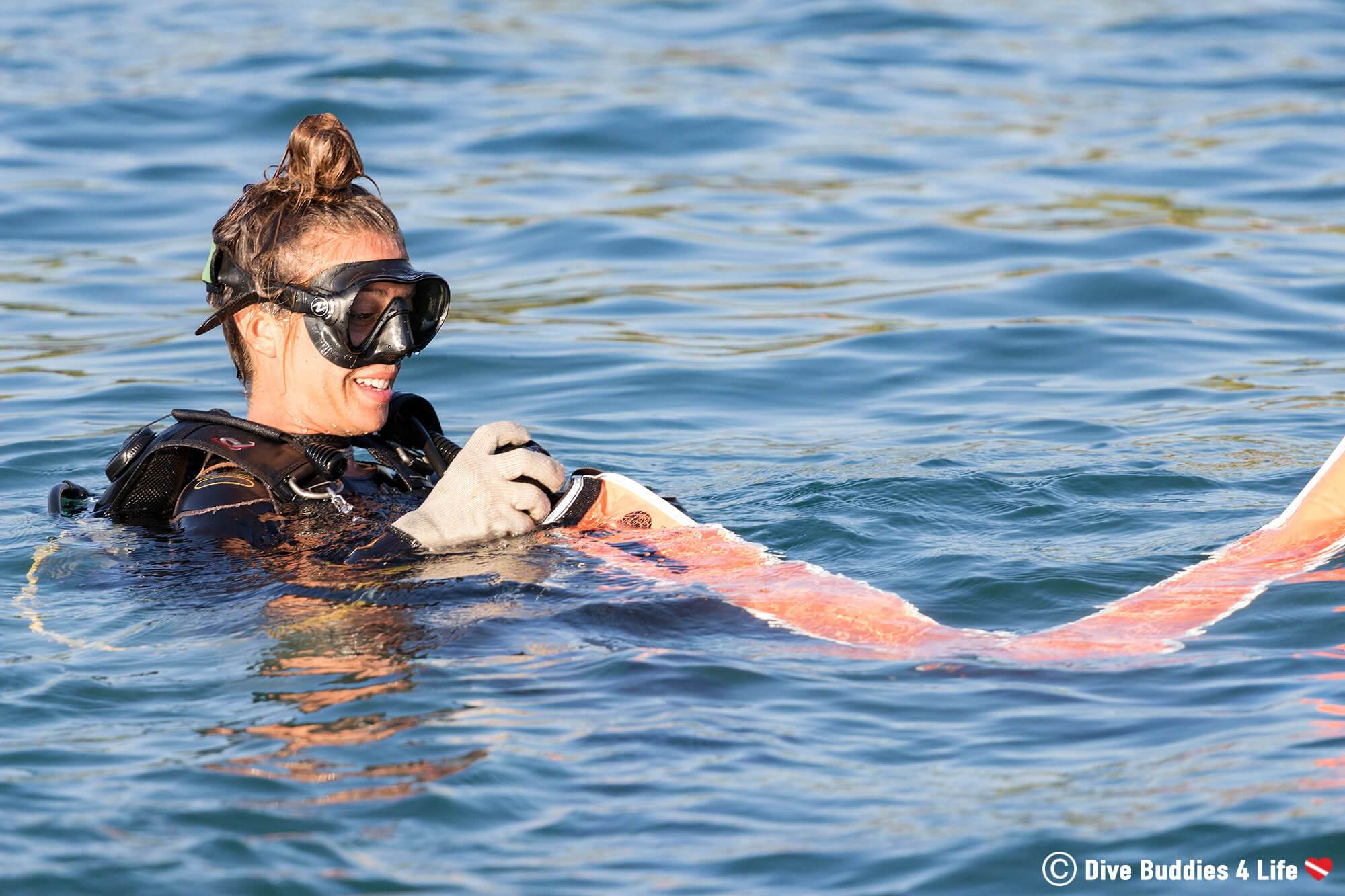
It’s one thing to have a surface marker on hand, it’s another to know how to properly inflate and use it. If you’re lucky, during one of your scuba diving courses, your instructor will have taken the time to teach you how to use and deploy a surface marker.
Important Notes:
As easy as it is to read about how to deploy a surface marker both from the surface and while at depth, nothing compares to actually getting out in the water and actually trying it out. Remember practice makes perfect.
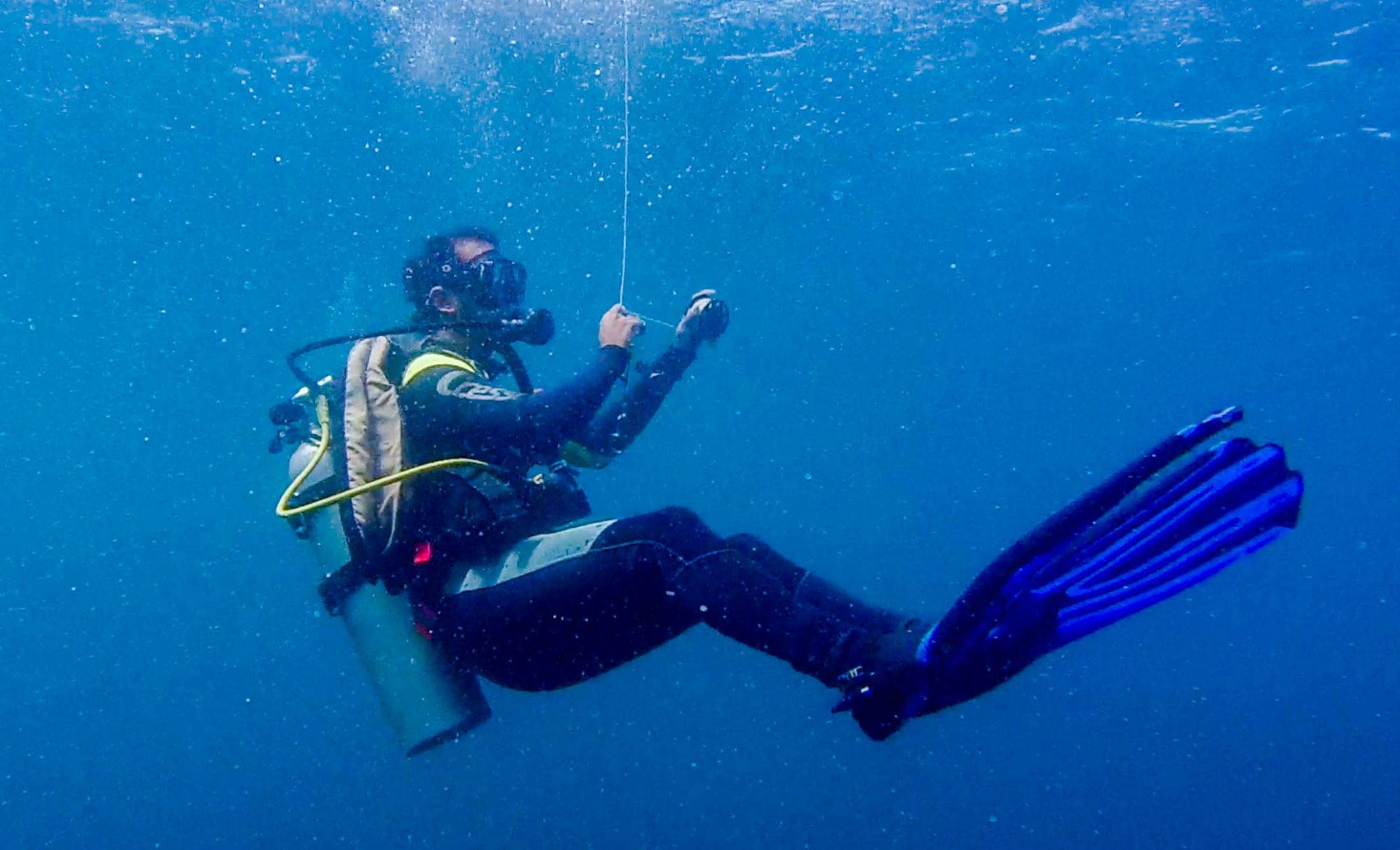
Having at least a rolled-up delayed surface marker in your BCD pocket is a good thing for every diver to have, however, there are some circumstances where having a surface marker just simply isn’t feasible.
For example, having a surface marker while diving in an overhead environment is not very practical. Cave diving or ice diving both typically have scuba divers enter and exit from a single spot, and more often than not there are no boats involved. In these instances, having a surface marker is counterintuitive and sometimes more of a hazard.
Use your common sense, when it comes to deciding whether to dive with a surface marker. Consider things like; what if a problem arises and you need to come up earlier than expected? What if the current picks you up and you are too far away from the boat? And above all, make sure you’re not compromising your safety by diving with a surface marker.
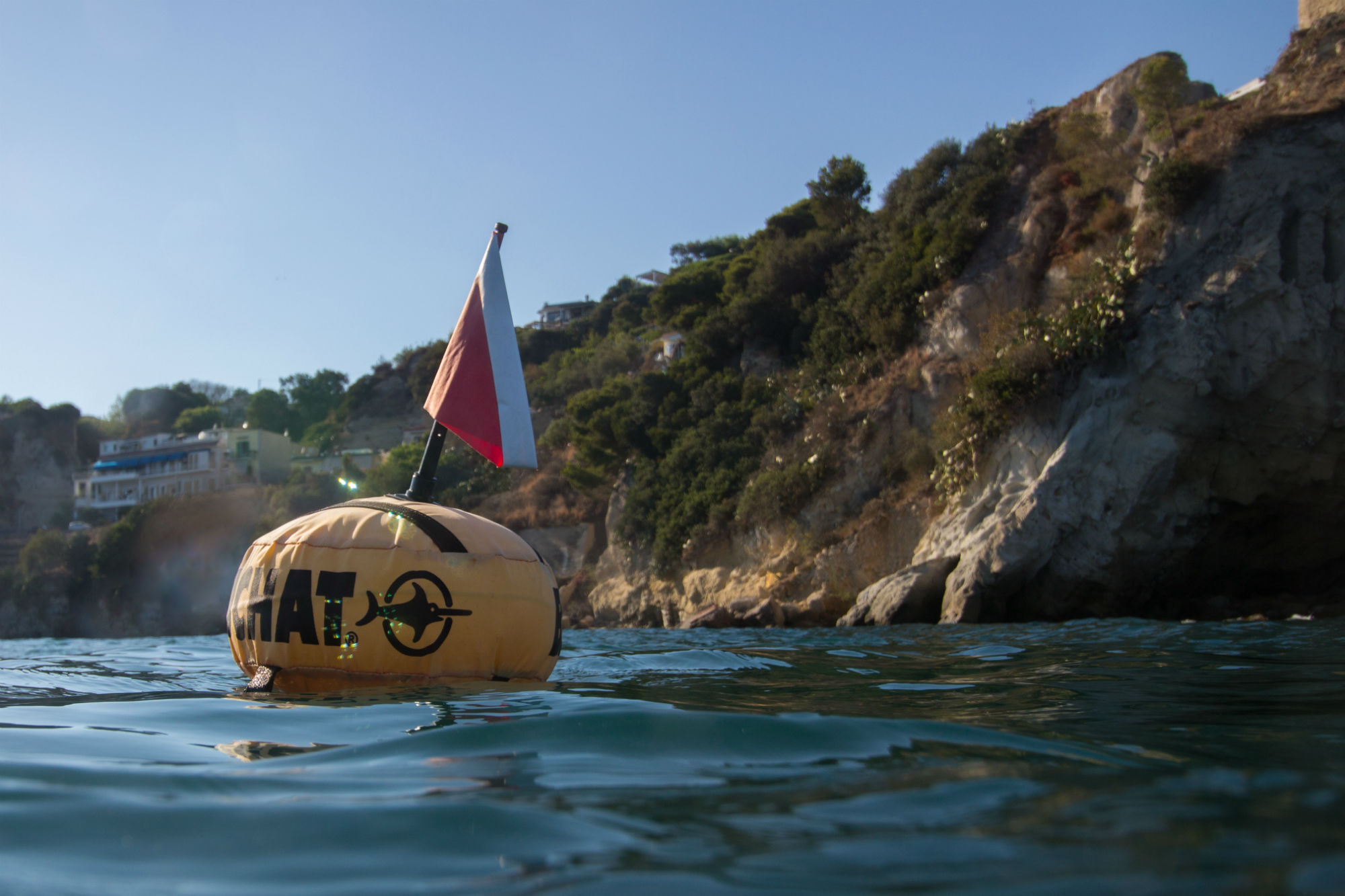
Surface markers are not the be-all end-all of scuba diving, but sometimes a dive just doesn’t go according to plan, and having a surface marker can be the difference between ending things unscathed or winding up on the 5 o’clock news.
Dive safe everyone!
Have you ever been on a dive where you were thankful you had a dive buoy on your person? When and where was this?
Writers Note: This post may contain affiliate links. We will make a small commission if you make a purchase through one of these links, at no extra cost to you. See full disclosure and disclaimer policy here.

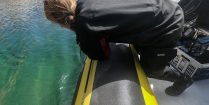
As a diver, sometimes you get hit with seasickness. Here are our solutions to dealing with seasickness before and during your dive.

Organizing a dive vacation can be a challenge. To help, keep these four questions in mind when planning your next scuba diving vacation.
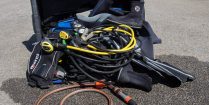
Everybody loves the idea of scuba diving, but the aspect of post dive cleanup is a much different story. It’s long, it’s tedious and it almost impossible to do it without getting wet - yet again.

Are you a pig on air? You are not alone. Find out how you can get more out of your scuba diving tank.

Hair versus scuba, now that's a combination that doesn't mix. So how do you stay away from the tares, tangles and hours upon hours of post-dive hair brushing?

Not all things underwater can be seen at first glance - for some, you need to take a closer look. Macro photography is the art of close-up photography on small subjects.

Taking your love for photography to new depths can be a challenge. Here are eight tips and tricks for a beginner underwater photographer.
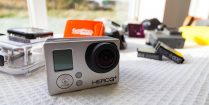
Problem: you want to take decent underwater pictures but good photography gear is just so expensive. Solution: learn how to take good underwater pictures with your handy dandy GoPro, it's easier than you think.

Many scuba diving agencies that play a role in training divers. Here is a look at SEI, PADI, NAUI, and SSI, the top scuba agencies in the world.
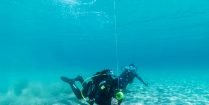
For some scuba diving is more than just a hobby - it’s a lifestyle. Here is everything you should know about getting your divemaster certification.

Sometimes a dive doesn’t go according to plan and when that happens, it’s important to be seen. Learn all about surface markers and why you should have one.
